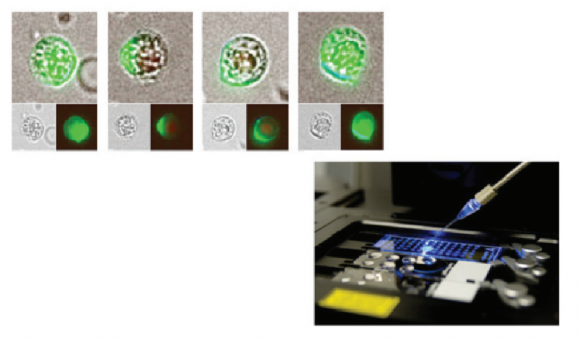Does surgery contribute to development of circulating tumor cells and metastases?

Initial breast cancer therapies aim at eliminating the main cancer burden by removal of the primary tumor. However, the most life-threatening aspect is not its growth but rather the capacity of the primary tumor to release cells into the blood circulation, which then can settle in vital organs and grow into metastases, impairing the function of these organs and eventually leading to fatal outcomes. Even if the tumor has been completely removed, many patients will later develop metastases, sometimes even after decades.
The prerequisites for tumor cells to be able to form distant metastases are as follows:
- They must be able to detach from the primary tumor.
- They must be able to survive in the blood stream.
- They must be able to re-adhere.
- They must be able to initiate clonal growth at the distant site.
- They must be able to initiate or attract vessel formation for the supply of nutrients in order to grow into life-threatening metastases.
If circulating tumor cells (CTCs) are detected, it proves that these cells have accomplished the first two steps of detaching from the tumor and surviving in the circulation.
Read the full article to learn how individual CTCs can be isolated and analyzed for their ability to form metastases and how surgery might contribute to activation of tumor cells to form CTCs.